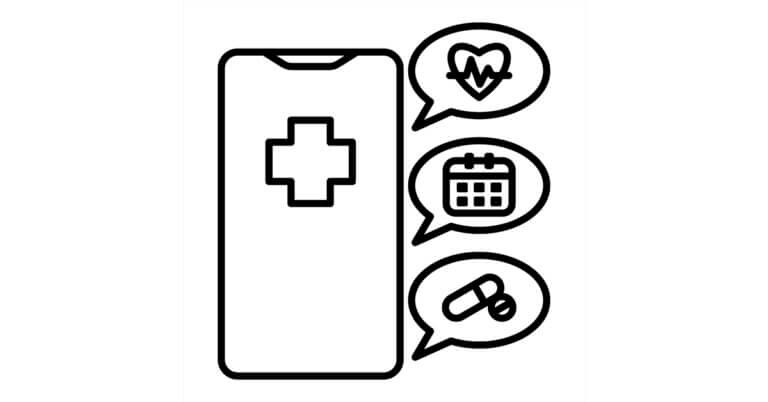July 21, 2021

High Maintenance Payers a Real Turnoff for Physicians
One of the many lessons I learned along my journalism journey from cub reporter to editor-in-chief was beware the high-maintenance reporter. If he or she was a real handful day in and day out, it was never worth whatever copy they produced.
Well, as it turns out, physicians feel the same way about payers. If the payer is a real handful day in and day out, it’s not worth whatever the reimbursement rate is.
That insight on physicians’ economic behavior comes courtesy of a new working paper published by the National Bureau of Economic Research out of Cambridge, Mass. You can download the 71-page working paper with the catchy title, “A Denial a Day Keeps the Doctor Away,” here.
Researchers from the U.S. Bureau of Economic Analysis, the University of Chicago, the Federal Reserve Bank of San Francisco and Columbia University, looked at how physicians respond to claim denials and resubmissions. To do that, the researchers devised a new metric called “costs of incomplete payments,” or CIP. The CIP measures the total cost of “billing and bargaining processes” between physicians and insurers after physicians provide care to the insurers’ members. The CIP includes revenue lost to billing disputes and expense of fighting a denied claim.
Using remittance data from 88.8 million patient visits to 108,531 doctors from 2013 through 2015, the researchers calculated the CIP by payer type and by state.
The researchers found that Medicaid claims were the lowest in terms of initial value but the highest in terms of CIP. In-other-words, physicians spent more time and money trying to collect on Medicaid claims even though Medicaid paid them less per claim. Here’s the breakdown:
- Physicians collected 96.8 percent of the average $179.40 claim for a commercially insured patient after incurring $5.69, or 3.2 percent, in CIP costs.
- Physicians collected 94.2 percent of the average $136.05 claim for a Medicare insured patient after incurring $7.90, or 5.8 percent, in CIP costs.
- Physicians collected 82.8 percent of the average $98.57 claim for a Medicaid insured patient after incurring $16.98, or 17.2 percent, in CIP costs.
Physicians spent more to get less from Medicaid because Medicaid denied a higher percent of claims, according to the study. Medicaid denied at least one charge on 25 percent of all claims compared with 7.3 percent by Medicare and 4.8 percent by commercial insurers.
Then, the researchers looked at Medicaid CIP rates by state and doctors’ willingness to accept Medicaid patients. Not surprisingly, they found strong correlations between higher Medicaid acceptance rates in states with higher reimbursement rates, and lower Medicaid acceptance rates in states with higher CIP percentages.
“Our findings demonstrate the importance of well-functioning business operations in the healthcare settings. Difficulty with payment collection has meaningful impacts on firms’ willingness to engage in markets,” the researchers concluded. “In the case of a major government healthcare program, this hassle compounds the effect of low payment rates to deter physicians from treating publicly insurance patients.”
As it turns out, physicians are just like everyone else. They don’t want to work for someone who won’t pay them, won’t pay them on time and won’t pay them what they billed.
Go figure.
Thanks for reading.





